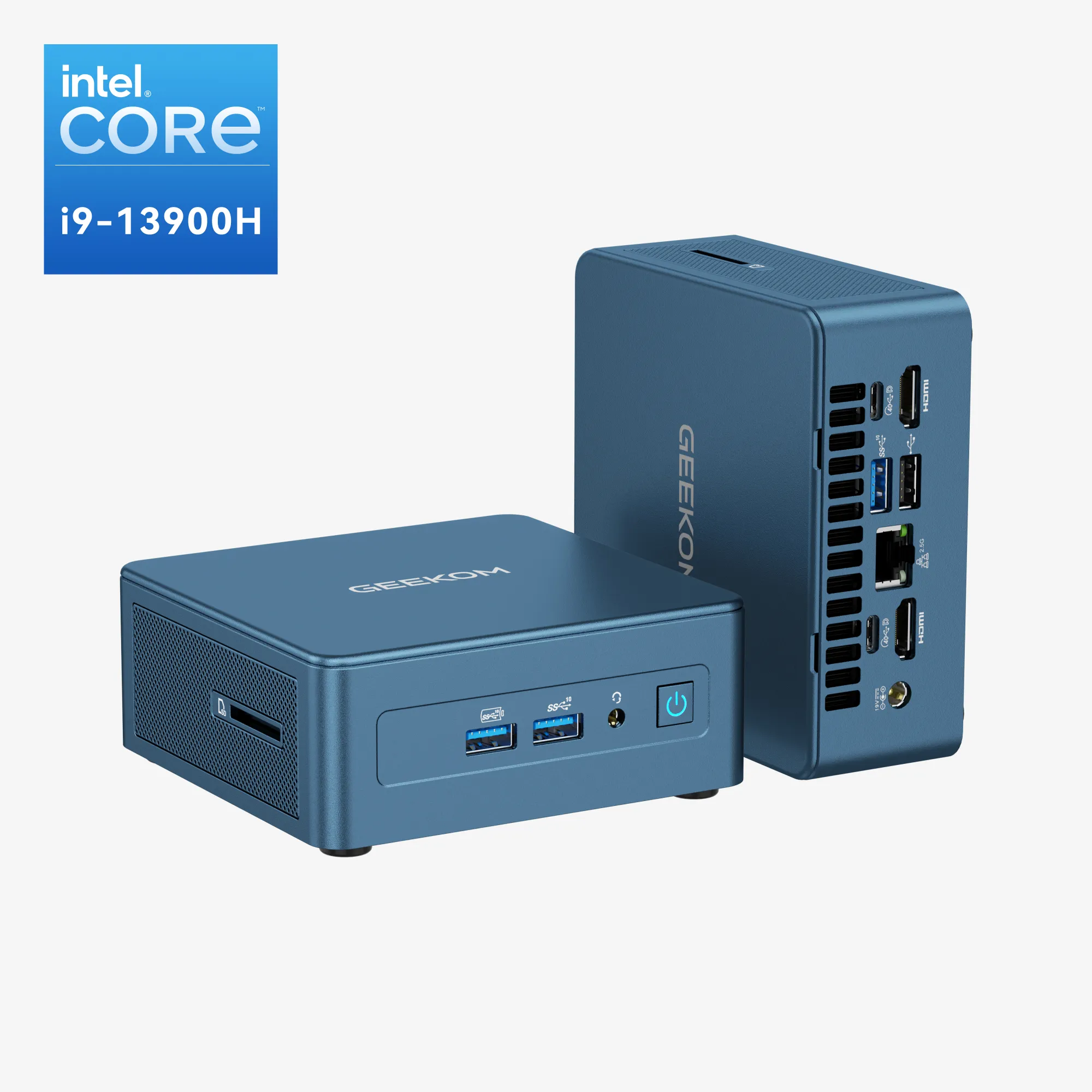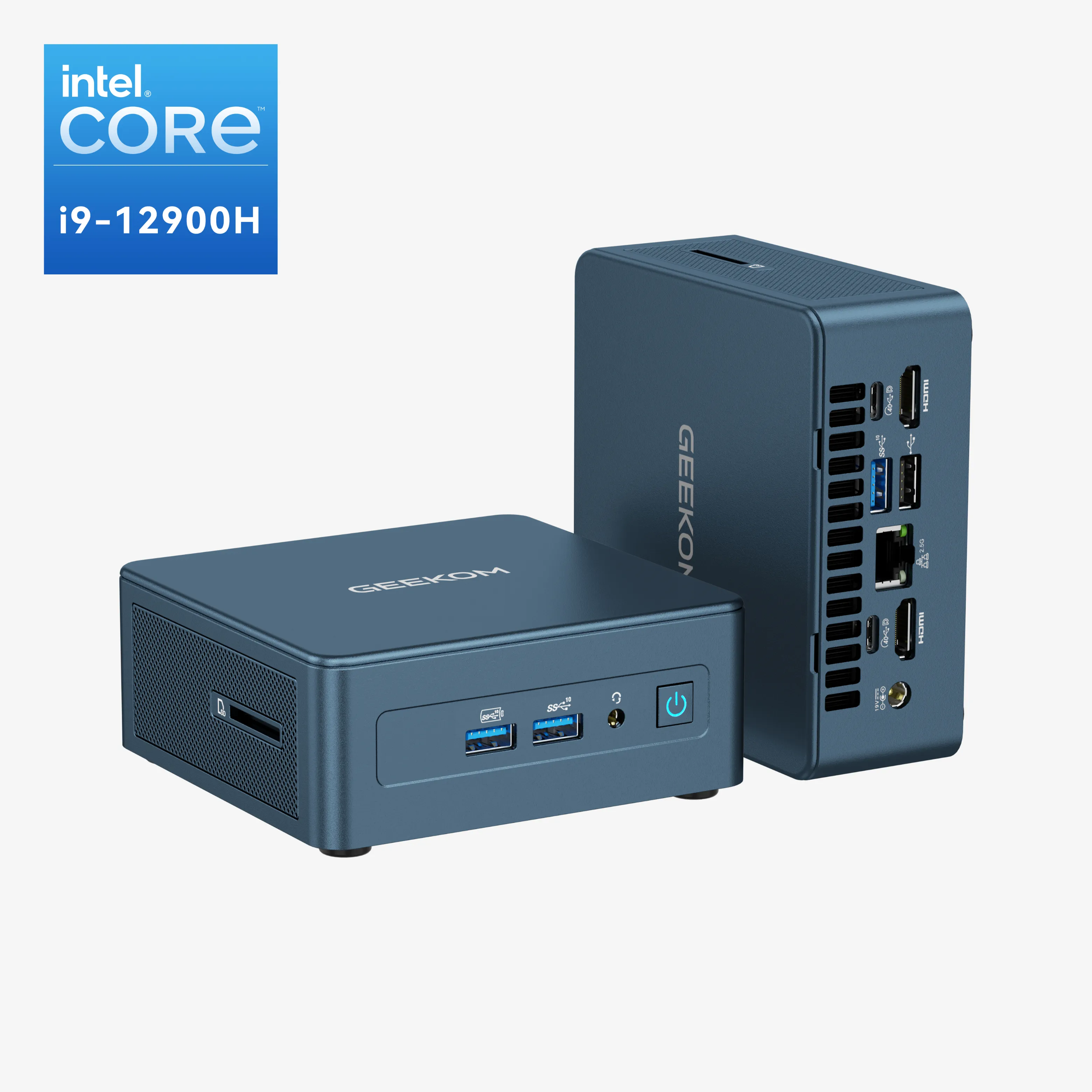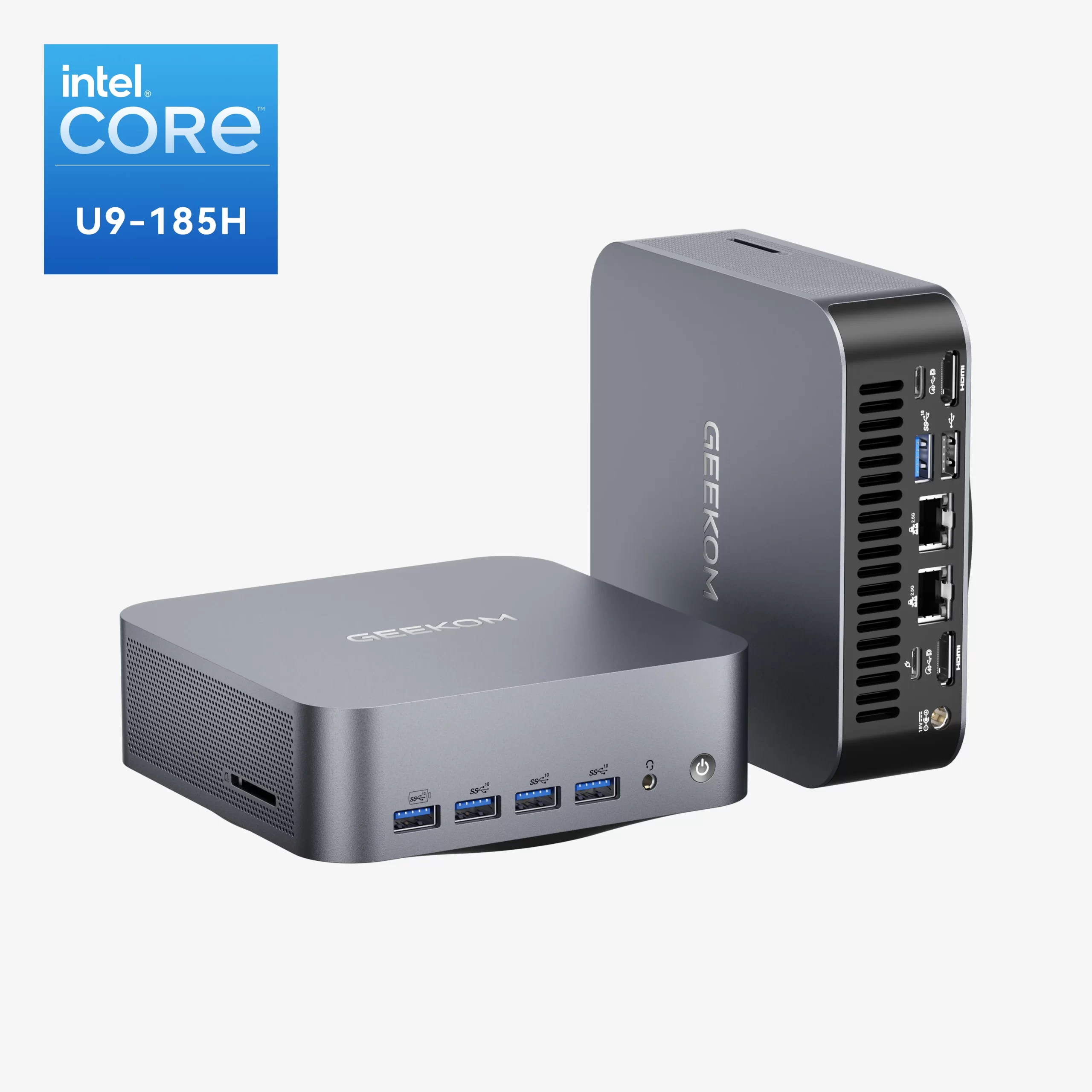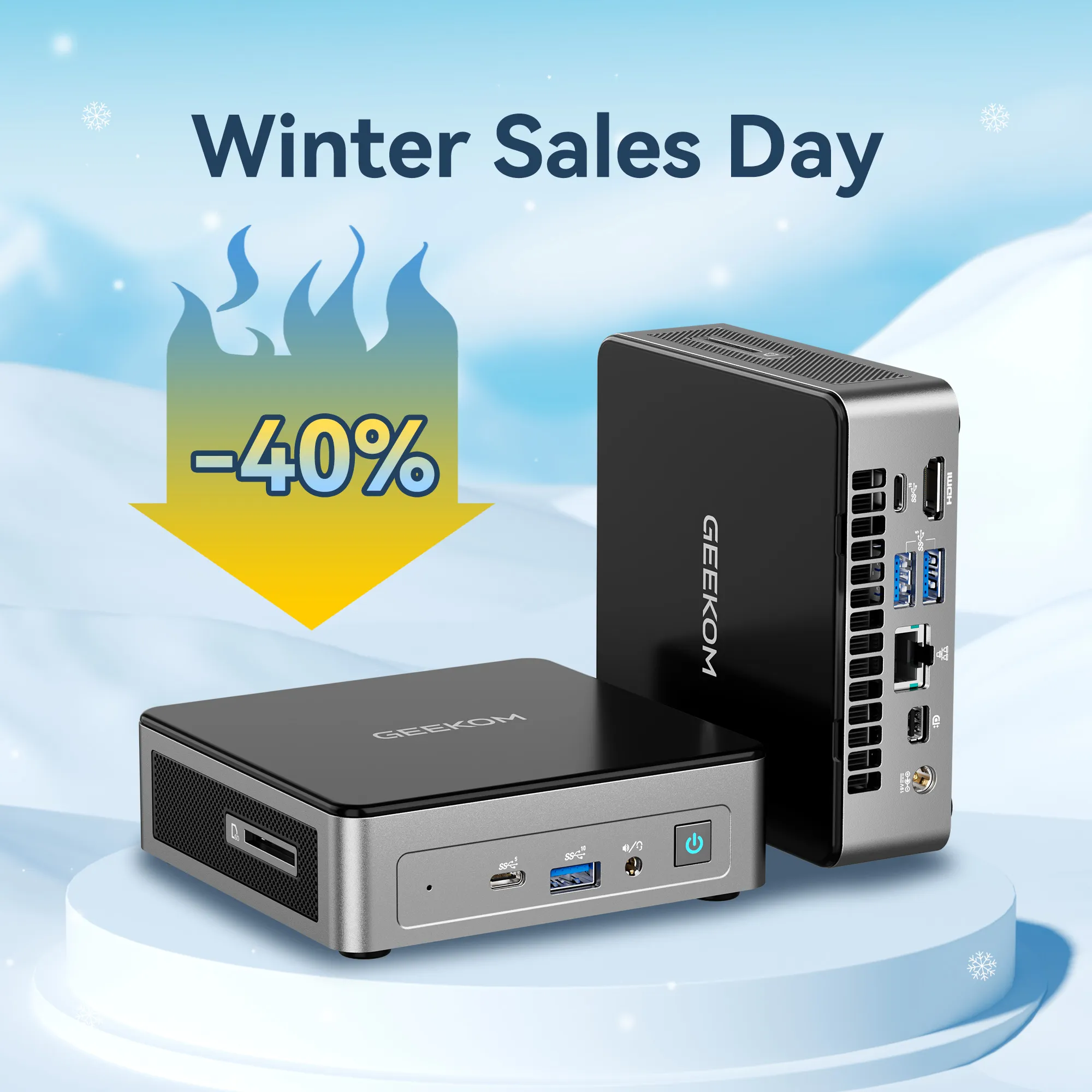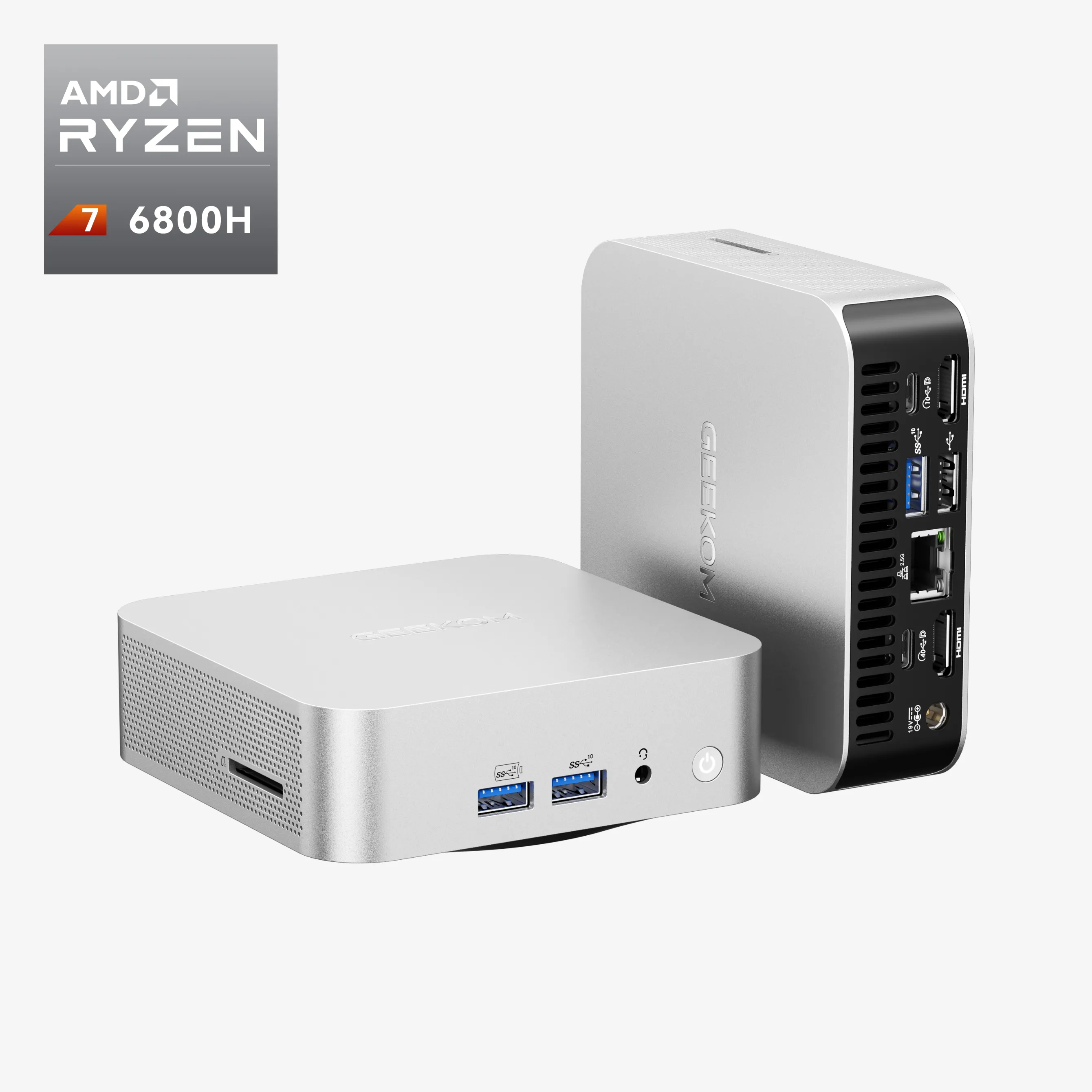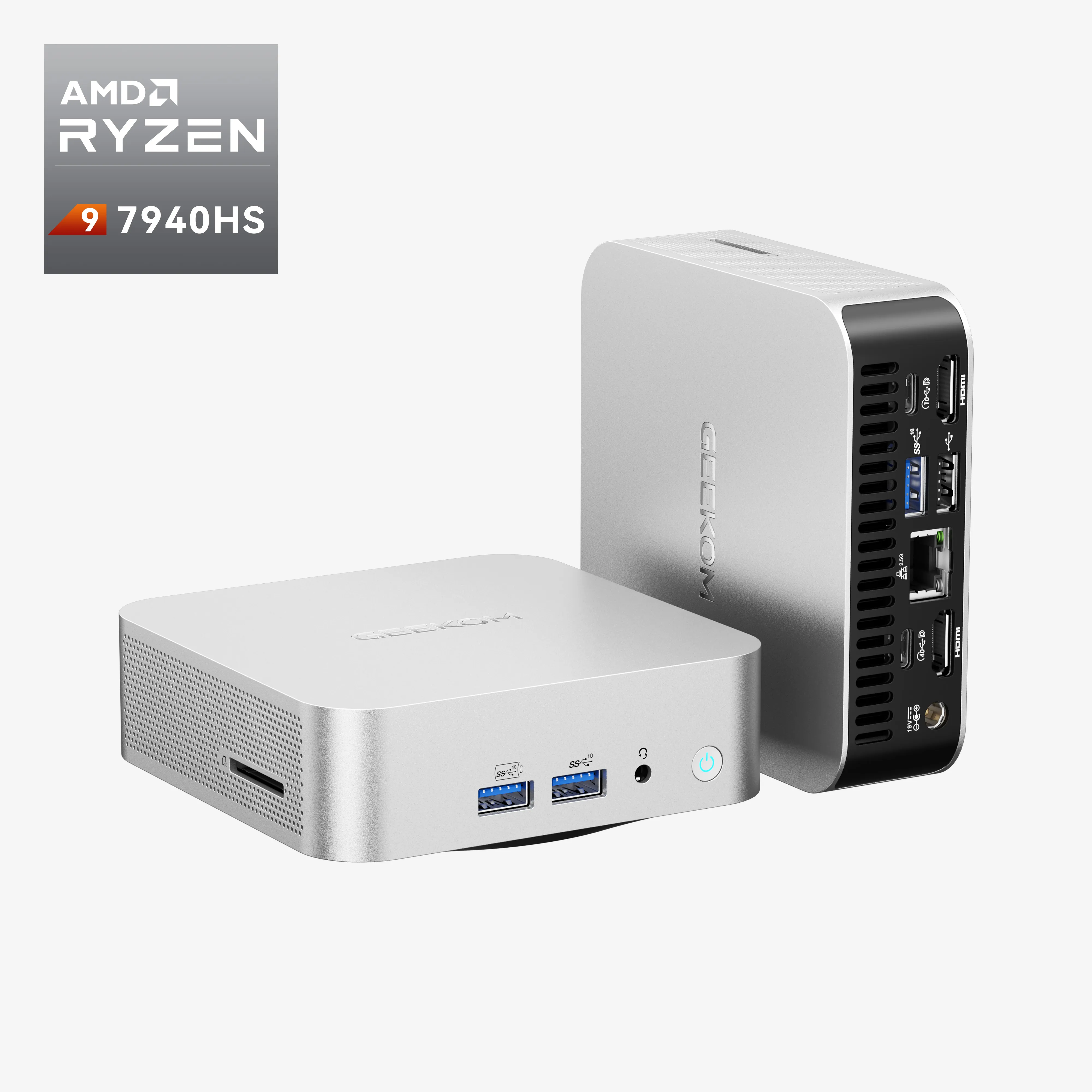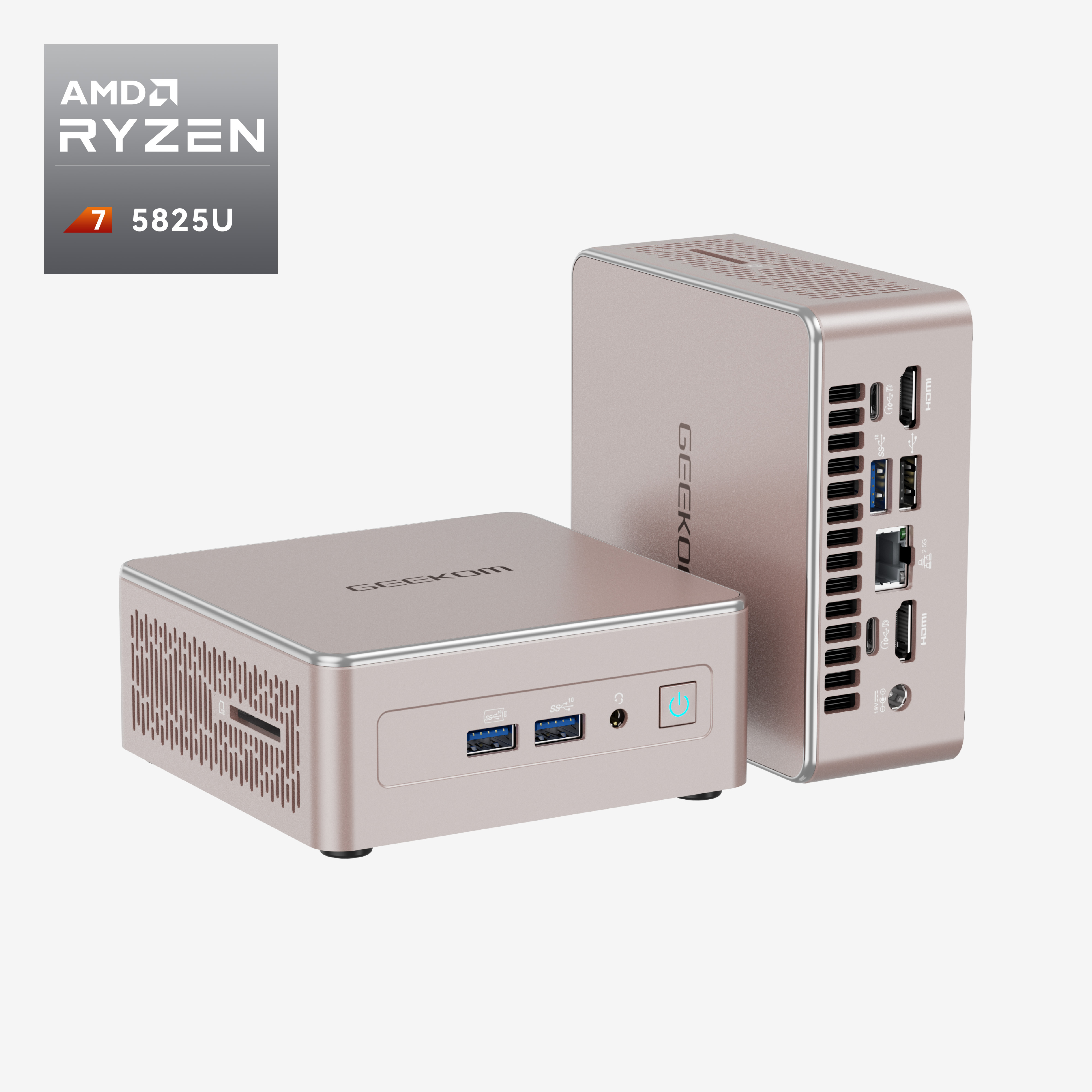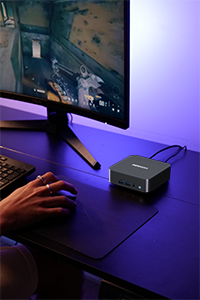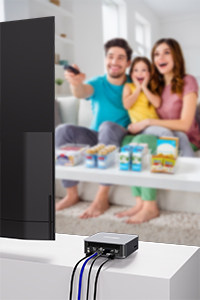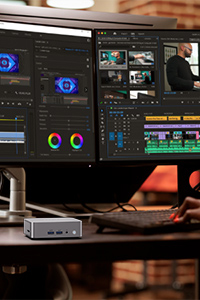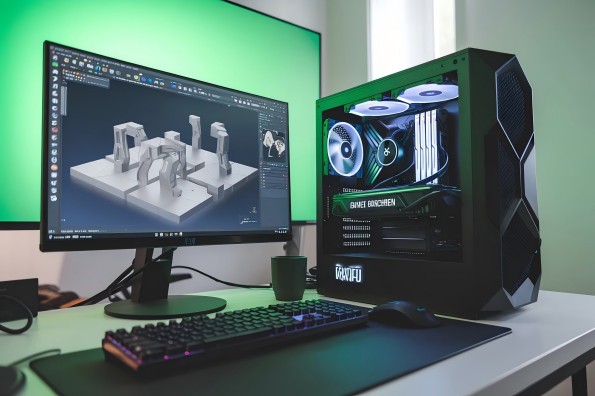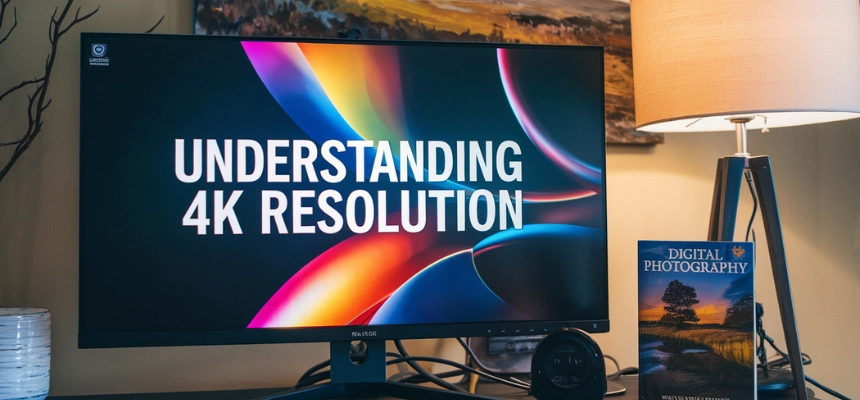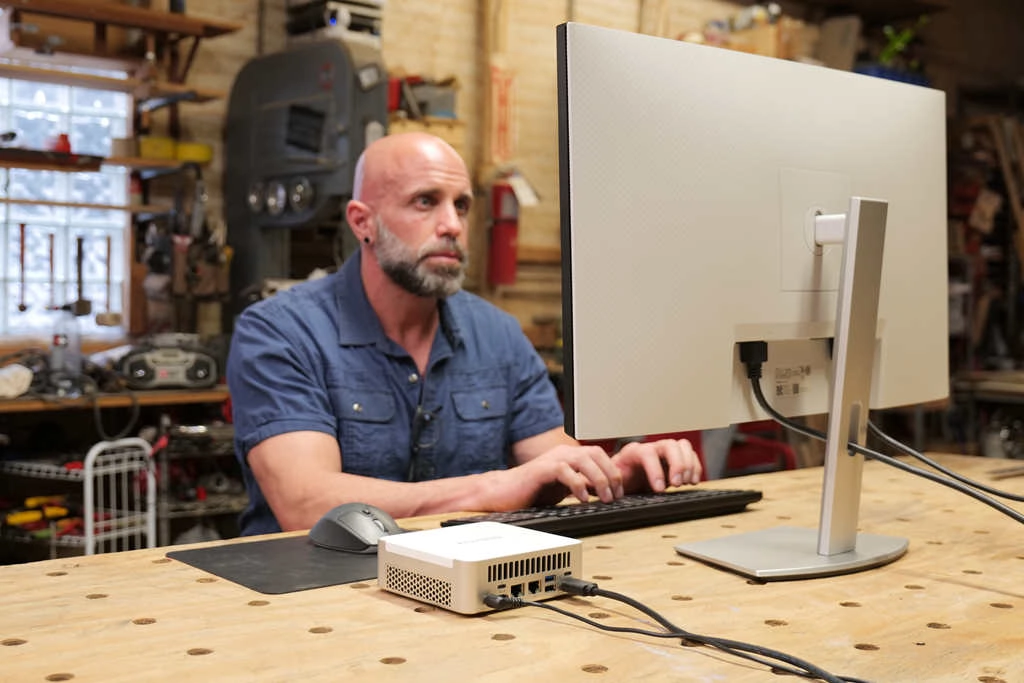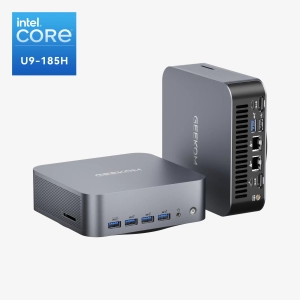Introduction
Overclocking is the best solution for those who want to have a top-notch PC without breaking their budget. It’s a safe and very trendy practice in the tech world. If you want to push the limits of your processor on a tight budget, don’t panic—read on.
Understanding Overclocking
Overclocking involves increasing the clock signal frequency of a processor beyond its default settings. This forces the processor to perform more operations per second. It is a method that can improve a computer’s performance in tasks requiring high computational power. These tasks include video editing, gaming, complex calculations, and 3D rendering.
This practice concerns components such as the central processing unit or the graphics processing unit (CPU or GPU). Overclocking also affects the memory of certain devices, as it is often directly linked to the processor’s frequency. In short, when you overclock a processor, you expect it to work faster than originally intended.
So, how to correctly choose an overclockable CPU, please see here: How to Select From Various Intel Processor Types.
The Advantages of Overclocking
The primary reason tech enthusiasts choose to overclock their PCs is to increase performance at a reduced cost. What are the specific advantages of overclocking?
- Good Value for Money
Some cheaper overclocked hardware offers performance comparable to more expensive components. Therefore, overclocking is ideal for those who want to enhance their computer without breaking the bank.
- Extending the Longevity of a Device
Another advantage of overclocking is that it can either prolong the usefulness of older devices or make them functional again. Overclocking essentially allows old PCs to meet the demands of current system requirements.
- Reduced Energy Consumption and Heat Production
Some manufacturers limit the frequency of certain components to reduce energy consumption and heat production. Thus, a minor modification can maximize the potential of these components.
- Better Battery Life
To some extent, overclocked laptops tend to have better battery life. This may seem counterintuitive, as overclocking generally leads to higher energy consumption. However, certain processes within this method allow for voltage reduction.

Risks and Precautions to Take
Although overclocking is safe, a few safety factors must be considered.
Void Warranty
Since overclocking is often considered a form of device modification, it can lead to the voiding of your computer’s warranty. This means that if the device breaks down or encounters other issues, you will no longer be eligible for a replacement or refund. Before attempting to overclock your hardware, one precaution to take is to read the manufacturer’s general terms and conditions.
Stability Issues
Overclocking can make your device unstable, leading to crashes and freezes. While this is not a problem in itself, there is a small risk of data corruption. That is why it is important to back up all your important data. You should also monitor performance while running benchmark and stress tests.
Overheating Problems
Another risk associated with overclocking is the potential increase in temperature and energy consumption. As a result, this can lead to the device overheating. Although short- or medium-term issues are virtually nonexistent, long-term overheating would degrade your computer.
Best Practices for Safe Overclocking
If you want to overclock a device correctly, you can do so without risk. The key is to make each necessary adjustment to the computer gradually. This will simply reduce the number of times the device refuses to comply, restarts, or crashes. Additionally, you should:
- Test the Device’s Stability
- Monitor Hardware Temperatures
- Adjust Your Settings
- Update Drivers and BIOS
Key Components for Successful Overclocking
During overclocking, ensure that your hardware can support the increased clock speed and the heat generated by the overclocked components. Here are the key components and factors to consider for safe and effective overclocking:
Compatible Processor and Motherboard: Not all processors and motherboards are equal when it comes to overclocking. Ensure that your processor is designed for overclocking and that it is compatible with your motherboard’s chipset.
Thermal Paste: When installing your cooling system, be sure to use high-quality thermal paste. This allows for more efficient heat transfer from your processor to your cooler.
Cooling System: Overclocking generates more heat. Therefore, you will need a robust cooling system to prevent your processor and other components from overheating. Make sure that your cooling system is suitable for the amount of heat generated by your overclocked components.
Random Access Memory (RAM): Overclocking your CPU can also affect RAM performance. Ensure that your RAM is compatible with your CPU and motherboard and that it is designed for overclocking.
Power Supply: Overclocking can increase your system’s energy consumption. Therefore, ensure that your power supply unit (PSU) can provide sufficient power to your components.
Steps to Overclock Safely
To begin, increase the clock speed in increments of 5% to 10%. Then, you need to test its stability after each change. You should also keep the voltage as low as possible. For this, a high-quality power supply unit (PSU) capable of handling the increased power demand is necessary.
Therefore, using a reliable cooling system is required to prevent thermal throttling. This can be a fan or a liquid cooler. Next, regularly clean your PC case and keep an eye on the temperatures. You should also monitor the voltages to ensure they remain within safe thresholds.
Tools and Useful Resources for Overclocking
For effective overclocking, your motherboard and RAM modules must be compatible. Additionally, you need to have a highly efficient cooling system to avoid overheating. Furthermore, you should thoroughly research before proceeding with the overclocking session to minimize any risks.
Maintenance and Post-Overclocking Monitoring
After overclocking a PC, there are several actions you can take to maintain its proper functioning:
Frequent Monitoring
- Check Temperatures: Monitor your system’s temperatures during normal use and under load.
- Regular Stress Tests: Perform stress tests regularly to ensure system stability.
- Monitor Voltage Levels: Keep an eye on voltage levels and avoid exceeding your processor’s maximum voltage thresholds.
Stress Testing
- Use Reliable Stress Testing Tools: Utilize robust stress testing software to evaluate system performance.
- Conduct Tests After Adjustments: Perform stress tests after each increase in the multiplier or voltage to ensure stability.
- Monitor CPU Temperature: Keep track of your processor’s temperature during stress tests to prevent overheating.
Updating
- Update BIOS and Drivers: Ensure that your BIOS and drivers are up-to-date by installing new versions as they become available. This can improve compatibility and performance.
Regular Cleaning
- Maintain Optimal Airflow: Clean your PC regularly to prevent dust buildup, which can impede airflow and lead to overheating.
Seasonal Adjustments
- Adjust for Ambient Temperatures: Consider making seasonal adjustments to your cooling solutions, as changes in ambient temperatures can affect system stability. For example, you might need to enhance cooling during hotter months.
Conclusion
If you want to attempt overclocking to maximize your PC’s performance safely, it’s no longer a secret. This method has its advantages but also disadvantages, so be very careful to plan the process properly.
Whether for an old or new PC, overclocking is the best way to understand your system thoroughly. However, remember that maintenance and post-overclocking monitoring should not be neglected!



